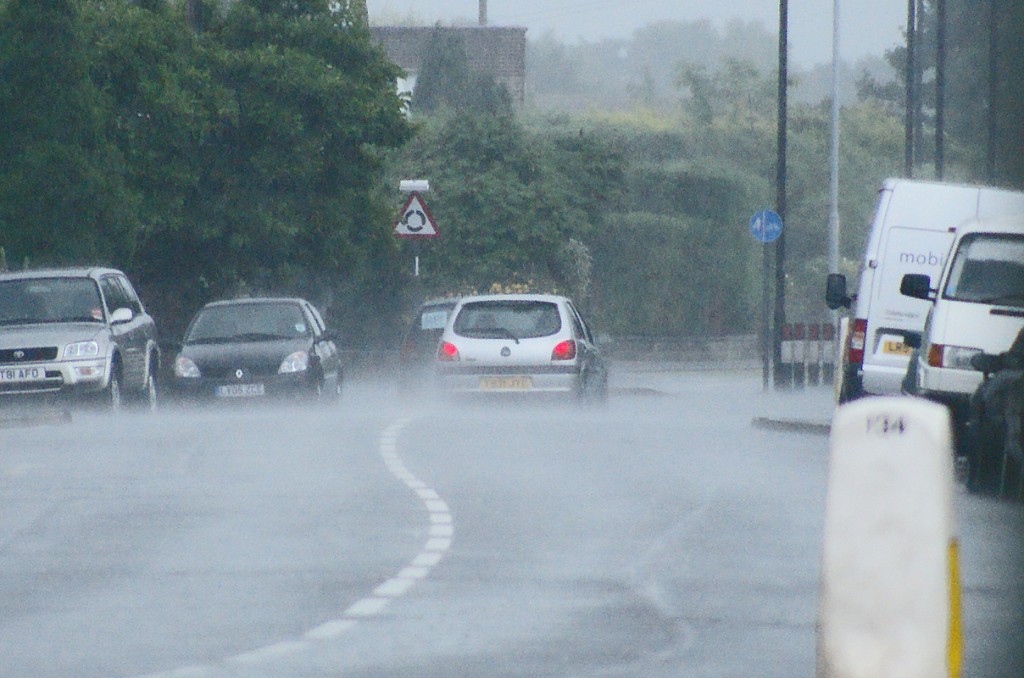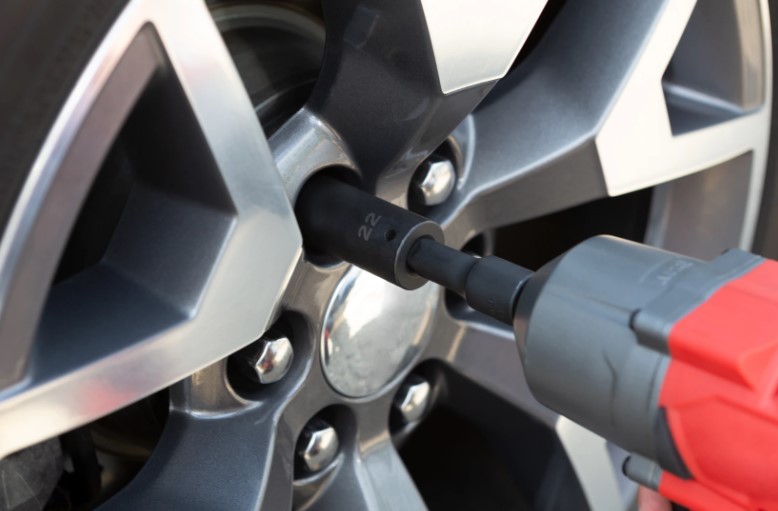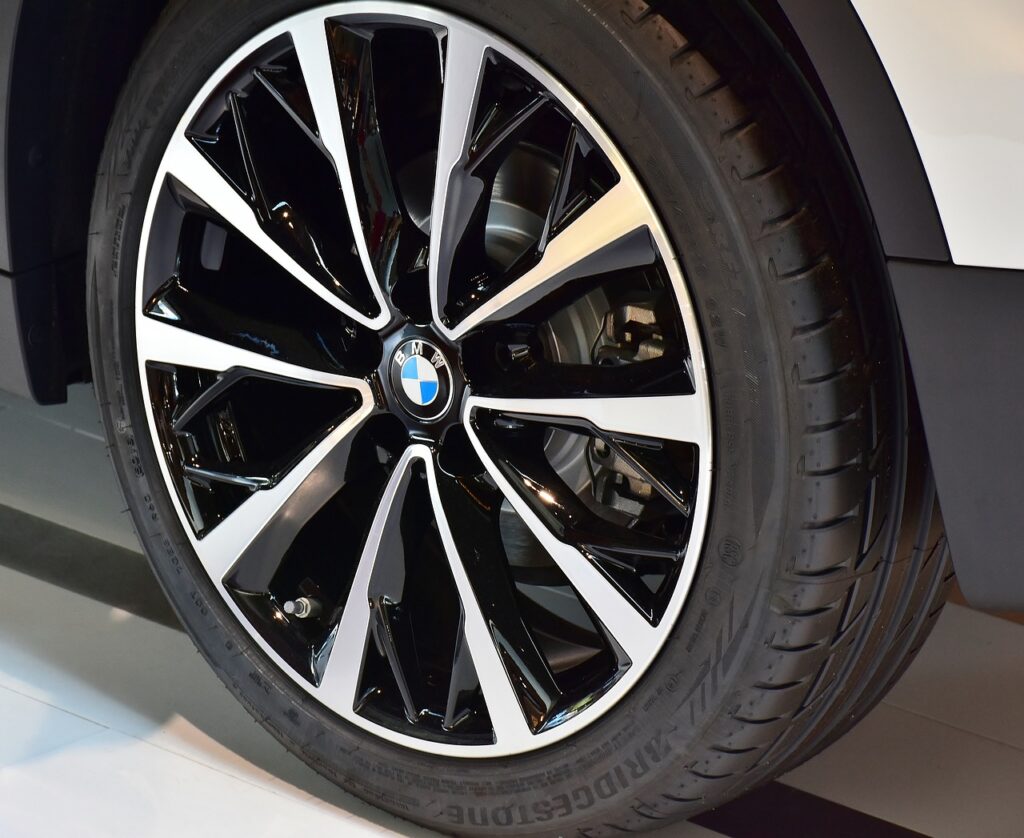In the wake of our Independence Day celebrations, now is a great time to look back at one of our nation’s most impressive success stories – American-made tires. Innovation, resilience, and a commitment to quality has driven the U.S. automotive industry forward. American-made tires are an important part of that automotive progress.

As we look at the evolution of American tire manufacturing, there are several key milestones and innovations that have shaped the way the rubber meets the road today.
Goodyear and the Advent of the Rubber Tire
In 1839, Charles Goodyear discovered the vulcanization process, which transformed rubber into a durable and elastic material that was well-suited for tire manufacturing. This discovery was followed by the establishment of earliest U.S. tire companies:
- The Goodyear Tire & Rubber Company – founded in 1898
- Firestone Tire and Rubber Company – founded in 1900.
These companies quickly became pioneers in the tire industry, driving early innovations and setting high standards for quality.
The Development of Pneumatic Tires
In the early 20th century, there was a transition from solid rubber tires to pneumatic (air-filled) tires because they provided a smoother and more comfortable ride. Scotsman John Dunlop is credited with inventing the first pneumatic tire in 1888, and later founded Dunlop Tire Company. Harvey Firestone played a significant role in popularizing pneumatic tires for automobiles, partnering with Henry Ford to equip Model T cars with Firestone tires.
Innovations that Got the Industry Rolling
The Introduction of the Radial Tire
Introduced in the 1940s, radial tires featured layers of fabric cords positioned at a 90-degree angle to the direction of travel, providing better fuel efficiency, longer tread life, and improved handling. BFGoodrich introduced the first radial tire in the United States in 1965, forever changing the American tire industry.
Steel-Belted Radial Tires
In the 1970’s, steel-belted radial tires came on the American automotive scene. The integration of steel belts into radial tires provided enhanced durability and performance. These tires became the standard for passenger vehicles, offering greater resistance to punctures and improved longevity. American manufacturers like Goodyear and Firestone led the way in adopting this technology.
Milestones in Performance and Safety
Goodyear introduced the first all-season tire in 1977. This innovation allowed drivers to use the same set of tires year-round, adapting to various weather conditions without needing to switch between summer and winter tires.
Developed to enhance safety and convenience, run-flat or zero pressure tires allow vehicles to continue driving for a short distance after a puncture. The idea for a self-supporting tire first emerged in the 1930’s when a bullet-proof tire was developed for military vehicles and armored cars. Today’s run flat tires are developed to resist the unstable effects of deflation when punctured, and allow the vehicle to continue to be driven at a reduced speed for a limited distance, usually up to 100 miles.
Tire Pressure Monitoring Systems (TPMS) became mandatory in all new cars sold in the United States after 2007 when Congress passed the Tire Recall Enhancement, Accountability, and Documentation (TREAD) Act of 2000.This system alerts drivers when tire pressure is too low, preventing accidents caused by under-inflated tires. American companies played a key role in developing and implementing these technologies.
Today and Into the Future
The tire industry has increasingly focused on sustainability, with U.S. companies leading the way in using eco-friendly materials and manufacturing processes. Examples include Goodyear’s use of soybean oil in tire production and efforts to reduce rolling resistance, which improves fuel efficiency. Tire manufacturers are also investing in recycling programs and circular economy initiatives to reduce waste and promote the reuse of materials.
The Future of American Tire Manufacturing
- Smart Tires – Tires with embedded sensors that provide real-time data on tire pressure, temperature, and tread wear are becoming more common. These smart tires improve safety and performance by enabling proactive maintenance.
- Airless Tires – Innovations like Michelin’s Tweel and Goodyear’s concept tires are exploring airless designs that promise to eliminate the risk of blowouts and reduce maintenance.
- Advancements in Materials Science – Research into new materials, such as graphene and other advanced composites, is expected to produce tires that are stronger, lighter, and more durable.
It’s inspiring to reflect on the journey of American-made tires and their significant impact on the automotive industry. American tire manufacturers have consistently led the way in innovation, safety, and performance. This legacy of excellence not only makes our roads safer but also drives us towards a more sustainable and technologically advanced future.








